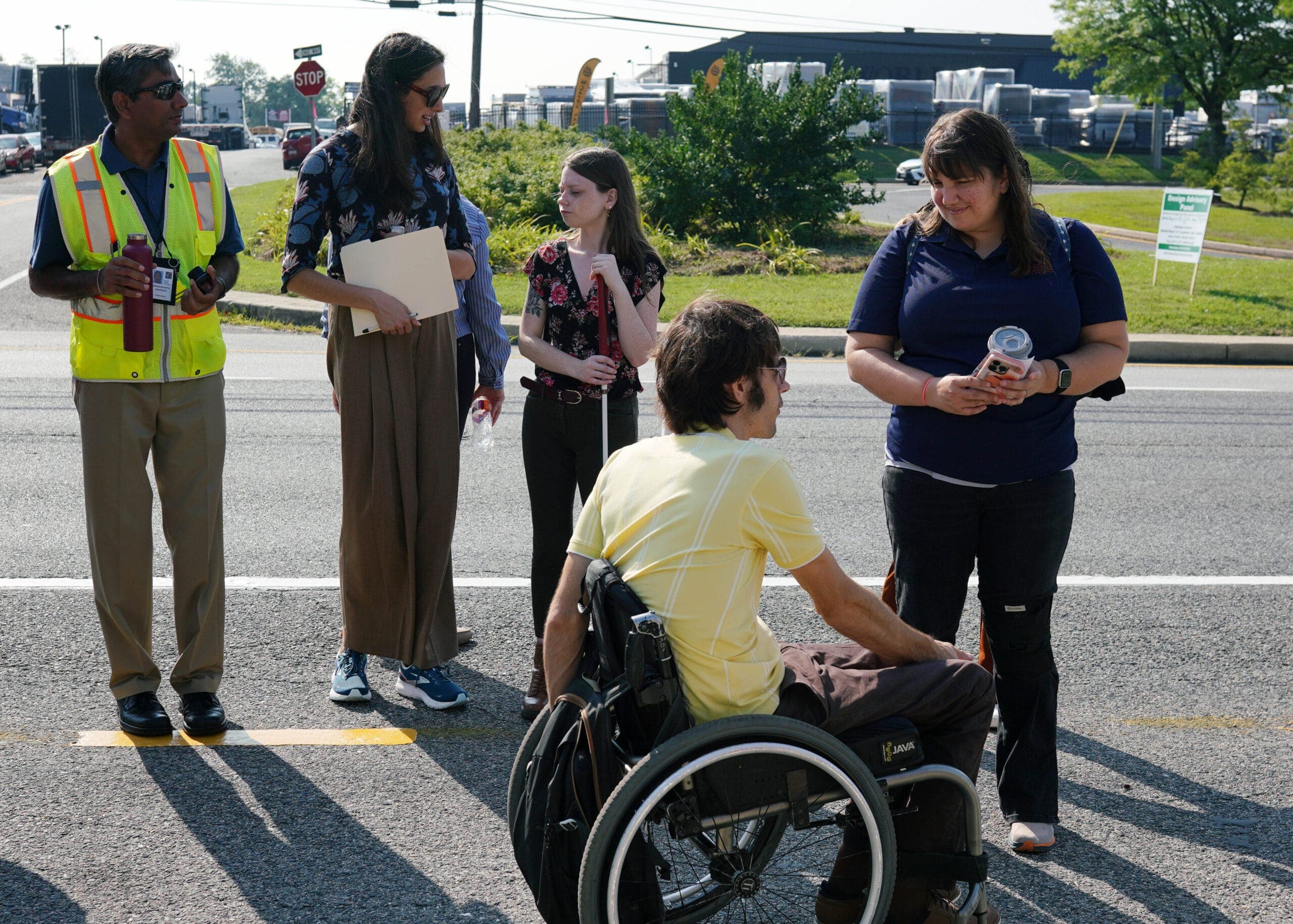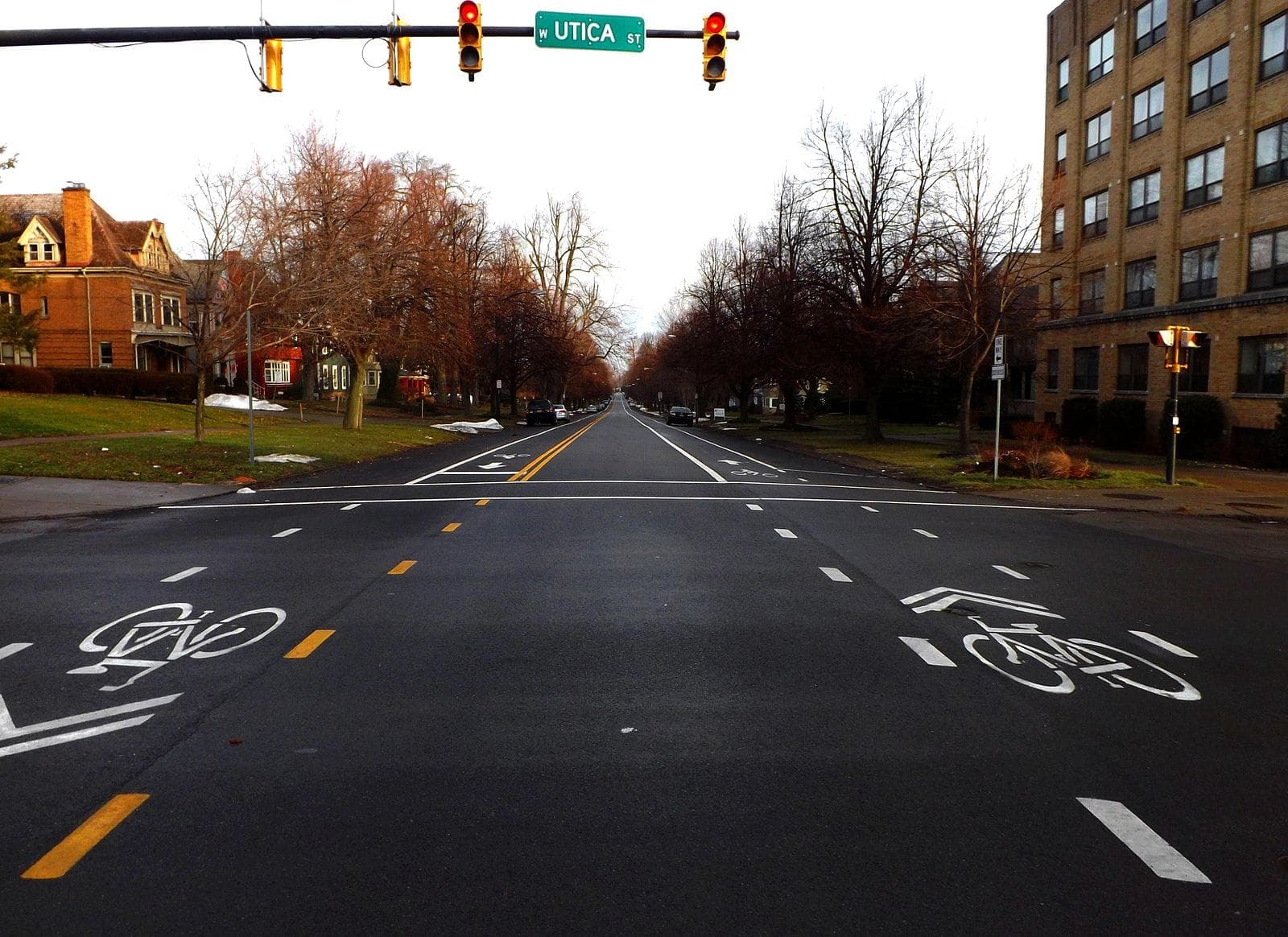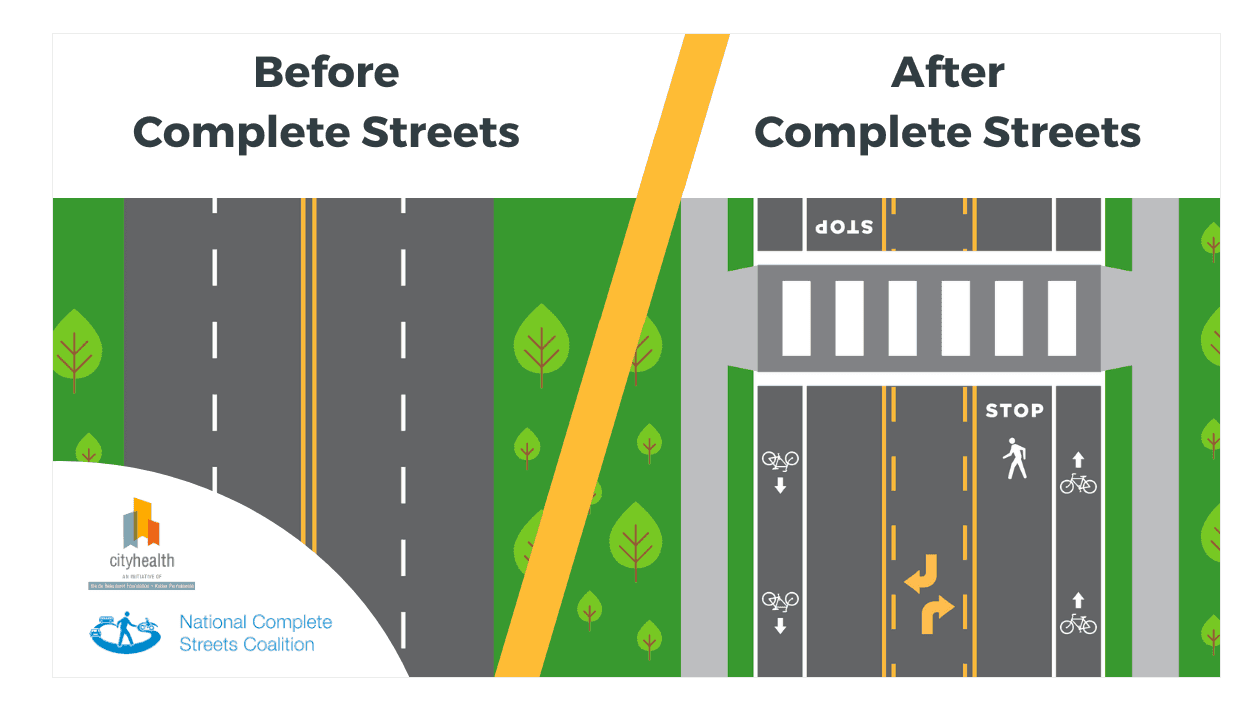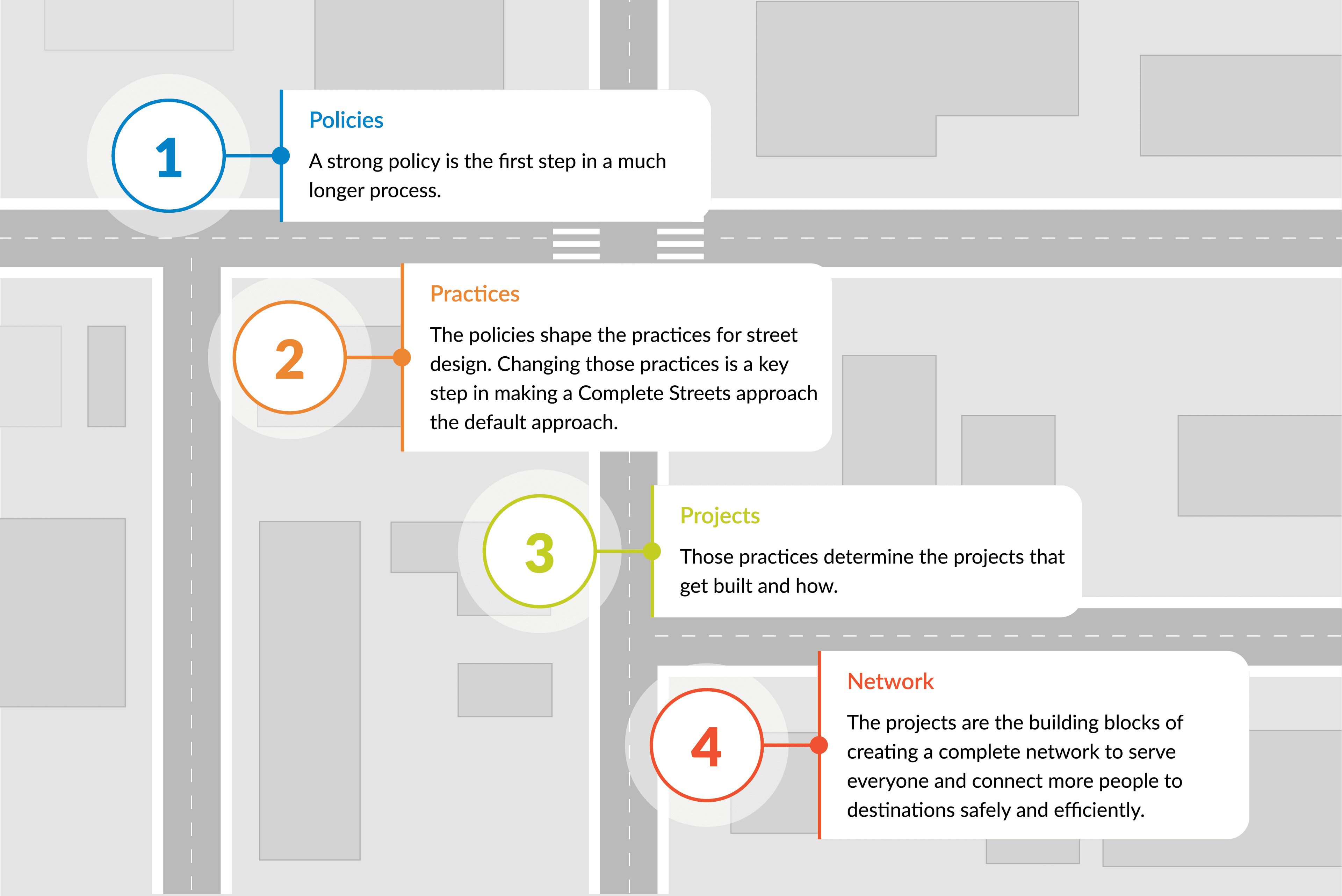
What is smart growth?
Smart growth is an approach to community design that connects housing, transportation, and land use to create healthy, prosperous, and resilient neighborhoods.

About us
Smart Growth America cultivates vibrant, sustainable communities with diverse living and transportation options, enhancing quality of life for all.

Our work
Smart Growth America cultivates vibrant, sustainable communities with diverse living and transportation options, enhancing quality of life for all.

Impact
Smart Growth America cultivates vibrant, sustainable communities with diverse living and transportation options, enhancing quality of life for all.

Events
Throughout the year, we host a number of in-person and virtual events covering topics related to public health, social equity, and climate resilience.


Program of work
Complete Streets: The Backbone of a Healthy Community
Our principles stem from our commitment to actionable, measurable change. It's high time our federal transportation programs deliver on their promise.
The Streets Have a Purpose
Complete Streets is an approach to planning, designing, and building streets that enables safe access for all users, including pedestrians, bicyclists, motorists, and transit riders of all ages and abilities.

Who is it for?
Complete Streets are universal. They are designed for everyone: pedestrians, cyclists, drivers, and public transit users of all ages and abilities.
This strategy also considers older adults, people living with disabilities, people who don’t have access to vehicles, and Black, Native, and Hispanic or Latino/a/x communities.

What does it solve?
We're solving the crisis of Incomplete Streets, roads designed with only cars in mind that are inconvenient and fatal for non-drivers.
This approach also emphasizes the needs of those who have experienced systemic underinvestment or those whose needs have yet to be met through a traditional transportation approach.

Advocating for a systems change
Part of our mission is to make this the default across the country.

Serving Historically Marginalized Communities
Find out how Complete Streets drives racial equity by prioritizing communities that have been historically underserved.

National Complete Streets Coalition
Complete Streets is the product of more than a decade of work by Smart Growth America and the National Complete Streets Coalition. Find out more about our affiliate.
Complete Streets Policy
Over 1,600 Complete Streets policies have been adopted nationwide. Yet, the fight for uniform safety standards is far from over. Find our more about the effects of policy.
News
Videos
Impact Stories
Meet Mayor Regina Romero of Tucson, a Complete Streets champion.
More Complete Streets communities
Tucson transformed from a speed-first city to a safety-first one. Learn how a policy can become a lifesaver.
Join the Movement
The National Complete Streets Coalition is a broad collection of advocates and transportation professionals working to enact Complete Streets policies across the country. Joining as a Coalition Partner, an Individual Partner, or a Non-Profit Partner is easy.


Subscribe to our newsletter
© 2025 Smart Growth America. All rights reserved
Site By3Lane Marketing





































































































































































